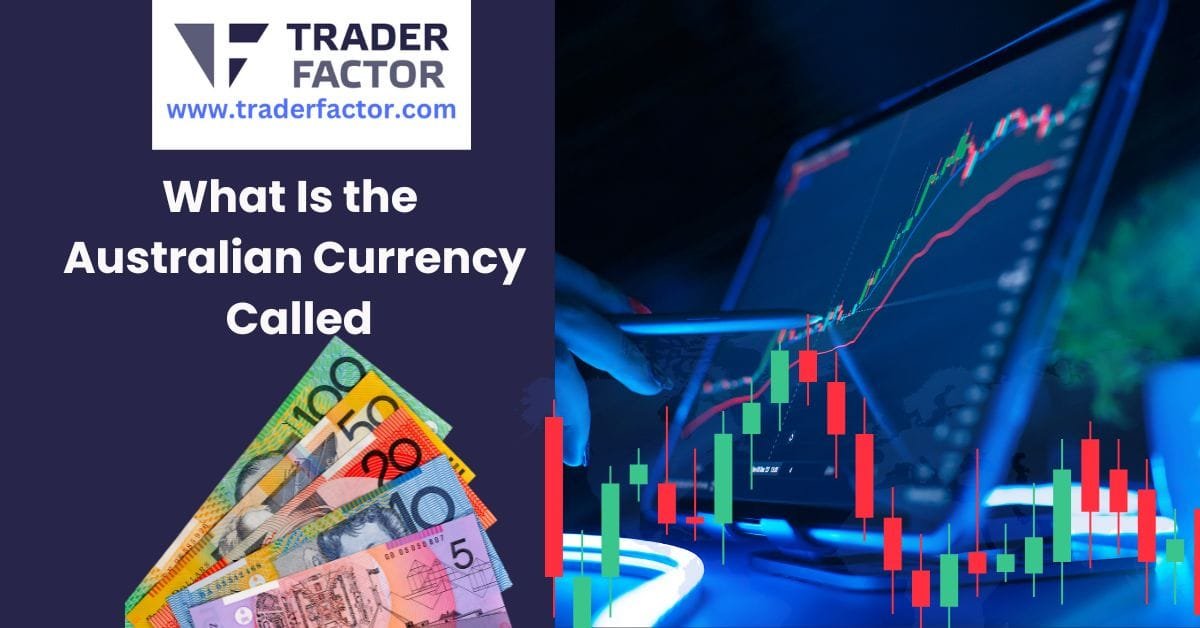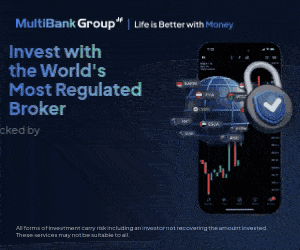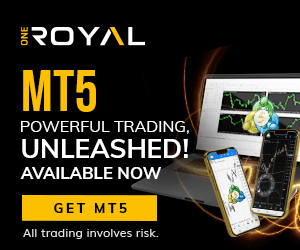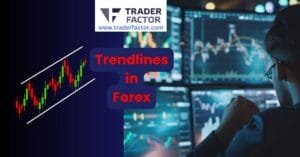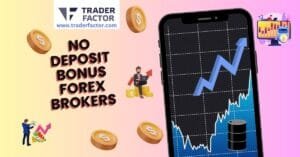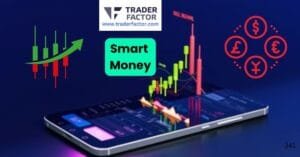What Is the Australian Currency Called? Few hold as much intrigue and economic significance as the Australian dollar in the vast landscape of global currencies. Have you ever wondered about the money used in Australia? But what’s the story behind this currency? Where did it come from, and why is it so special?
Known affectionately as the “Aussie dollar” or simply “the dollar,” this currency is more than just a medium of exchange; it embodies the economic vitality and resilience of the land Down Under. Why is it so important in the world’s fifth-most-traded currency market?
In this article, we embark on a journey to unravel the mysteries of the Australian currency. From its historical origins to its modern-day significance on the global stage, we’ll explore what makes the Aussie dollar tick. Whether you’re a curious traveller in forex trading, a forex broker or simply someone interested in the world’s currencies, join us as we dissect the multifaceted world of the Australian dollar.
Table of Contents
ToggleAustralian Currency Overview
Established in 1966, the Australian Dollar (AUD) is the official currency of Australia and its territories, symbolized with a dollar sign ($). Now, you might be wondering what the Australian currency is called. It’s simply known as the Australian Dollar, or AUD for short. This Australian Dollar currency overview will give you a better understanding of the importance and role of AUD in the global economy.
So, what does AUD stand for? AUD is an abbreviation for the Australian Dollar. Financial institutions, traders, and economists worldwide use it to refer to Australia’s currency in a standardized way. This form of notation is commonly used in the foreign exchange market, where currencies are often traded in pairs.
If you’re planning a trip down under, knowing what currency is used in Australia is important. As stated, the AUD is the legal tender in Australia, and you’ll need to use it for all your transactions while you’re there. This includes everything from buying a cup of coffee to paying for accommodation or services. With this basic understanding of the AUD, you’re one step closer to navigating Australia’s economy like a pro.
Economy of Australia
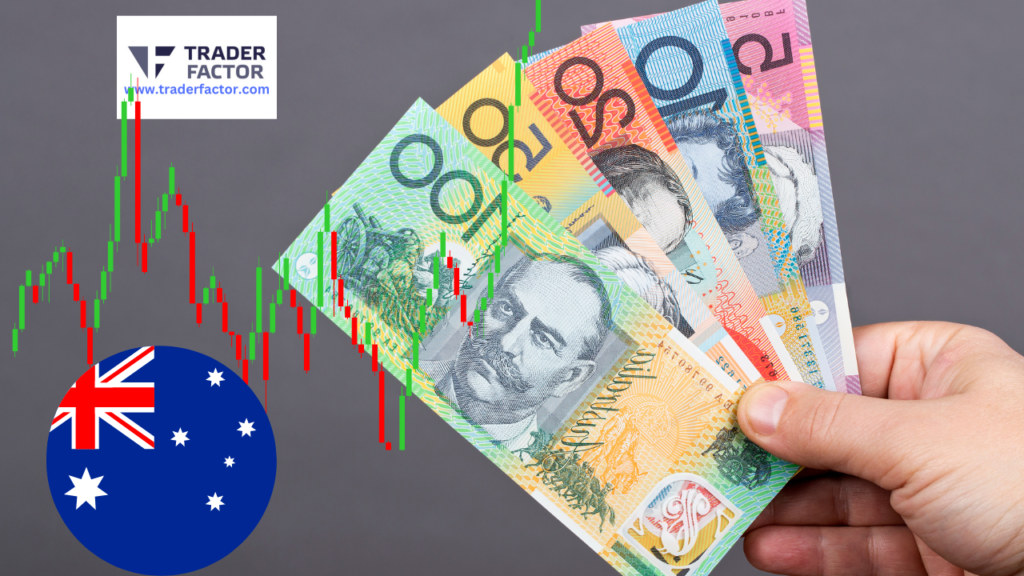
Diving into Australia’s economy, you’ll find that the service industry significantly contributes 63% to the country’s GDP. The Australian dollar, the country’s official currency, backs this strong economy. So, what currency does Australia use? It’s the Australian dollar, often symbolized as AUD or $.
When travelling down under, knowing what money Australia uses is crucial. The Australian dollar is the only valid currency for all transactions, from buying a cup of coffee to purchasing a piece of art.
But what is Australia’s money called in everyday conversation? Locals refer to it simply as ‘dollars’ or ‘bucks.’ Coins have their nicknames, too; the one-dollar coin is often called a ‘goldie’ due to its colour.
Understanding what currency they use in Australia is just part of the picture. The strength of the Australian dollar reflects the country’s robust economy. Australia’s economy is diverse, with key sectors, including mining, manufacturing, and financial services, contributing to its stability. Hence, the Australian dollar is not just currency—it’s a barometer of the nation’s economic health.

Australian Dollar Trading
While understanding the role of the Australian dollar in the domestic market is essential, it’s equally important to grasp its impact on the global foreign exchange market. As one of the most traded currencies worldwide, the Australian dollar (AUD) plays a significant role in international trading.
To understand how much AUD is in USD or how much AUD is in USD, you need to follow the foreign exchange market trends. The exchange rate fluctuates based on various economic factors. Here’s a simple table to help you understand:
| Key Term | Definition |
| AUD | Australian Dollar |
| USD | United States Dollar |
So, what is AUD in USD? The exchange rate shows how much one Australian dollar is worth in US dollars. And what does AUD stand for? It stands for the Australian Dollar.
Trading in Australian dollars can be a viable option due to Australia’s stable economy and large reserve of commodities. However, to make informed decisions, it’s essential to stay updated with exchange rates and market trends.
History of the Australian Dollar
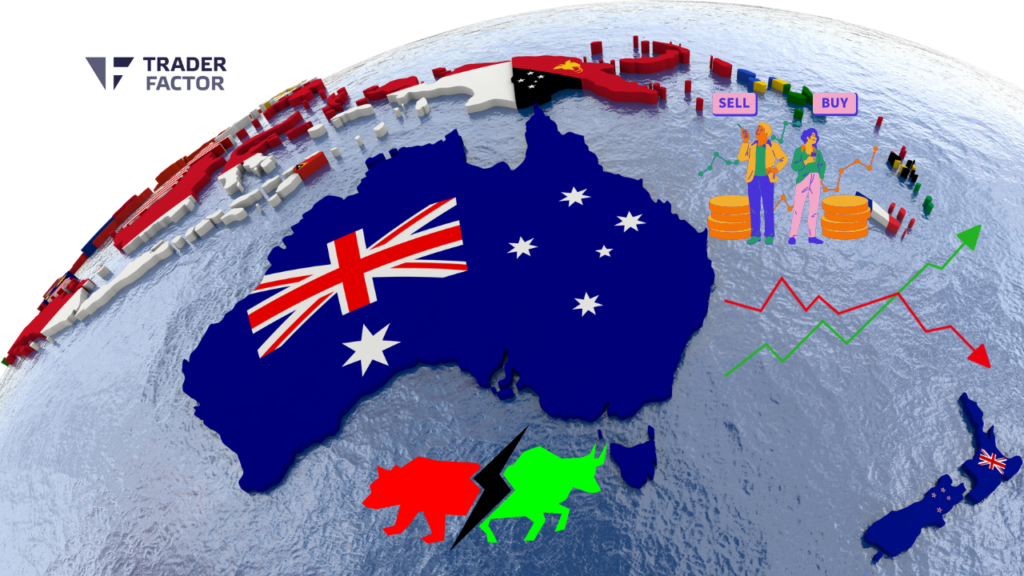
Let’s take a trip back in time to explore the origins and evolution of the Australian Dollar. Before 1966, Australia used a pounds, shillings, and pence system. But on February 14, 1966, it switched to a decimal system, and the Australian Dollar was born.
The new currency was initially pegged to the British pound, but in 1967, it was switched to the US dollar at a fixed exchange rate. This meant that the value of the Aussie dollar was directly tied to the value of the US dollar.
In 1983, Australia decided to adopt a floating exchange rate system, allowing the value of the Australian Dollar to fluctuate according to the international currency market. This change was a significant milestone in the currency’s history, as it allowed the currency to be more flexible and responsive to economic changes.
Since then, the Australian Dollar has undergone numerous changes, including introducing polymer banknotes in 1988, making Australia the first country in the world to have a complete series of polymer notes. So, you see, the Australian Dollar has an interesting and robust history.

Australian Dollar Trivia
Did you know that the Australian Dollar has several interesting quirks and facts associated with it? It’s the fifth most traded currency in the world, and this is due to Australia’s stable economy and rich natural resource base.
One quirky fact is that all Australian coins feature Queen Elizabeth II on one side. This is because Australia is part of the Commonwealth. You’ll find the Queen’s effigy on all coins, regardless of denomination.
The Australian Dollar was also the first currency in the world to be made entirely of polymer. This was done to prevent counterfeiting and increase durability. These plastic bills are almost impossible to tear and can even survive a trip through the washing machine!
Initially, the 50-cent coins were round and contained 80% silver, which made them worth more than their face value. This led to the redesign of the 50-cent coin to its current 12-sided shape.
In line with Australia’s rich wildlife, the country often releases coins with images of indigenous animals for special occasions. So, next time you handle an Australian Dollar, remember these fun facts!
Current Australian Dollar and Forex Markets

In today’s Forex markets, the value of the Australian Dollar is heavily influenced by global commodity prices. It’s important to understand how shifts in these markets can impact the strength of the AUD. If you’re investing or planning to travel, staying informed about the AUD’s performance is crucial.
Here’s a snapshot of the AUD’s recent performance:
| Year | AUD/USD Exchange Rate |
| 2018 | 0.7295 |
| 2019 | 0.6934 |
| 2020 | 0.7703 |
| 2021 | 0.7578 |
Note that higher commodity prices often strengthen the AUD, as Australia is a major exporter of commodities. Conversely, lower prices typically weaken the AUD. So, if you’re dealing with the AUD, monitor global commodity trends.
Also, remember that other factors, such as interest rates, economic data, and geopolitical events, can influence the AUD’s value. To get comprehensive insights, consult with a financial advisor or use reliable Forex platforms.

Significance of AUD in Forex Trading
Given its strong ties to commodity prices, trading the Australian Dollar (AUD) can offer unique opportunities and challenges in the Forex market. Understanding how commodity fluctuations affect AUD’s value can benefit your strategies as a trader. Australia is a leading exporter of iron ore, coal, and gold. So, when these commodities’ prices rise, the AUD often strengthens.
The AUD is also considered a “risk” currency. In times of global economic growth and stability, the AUD value rises as investors seek higher returns in riskier markets. Conversely, in periods of economic uncertainty, the AUD often weakens as investors prefer safe-haven currencies like the USD or JPY.
Furthermore, the interest rate set by the Reserve Bank of Australia (RBA) can influence the AUD’s value. If the RBA raises rates, the AUD often gains strength as higher interest rates can attract foreign capital.
Payment Methods and Security in Australia
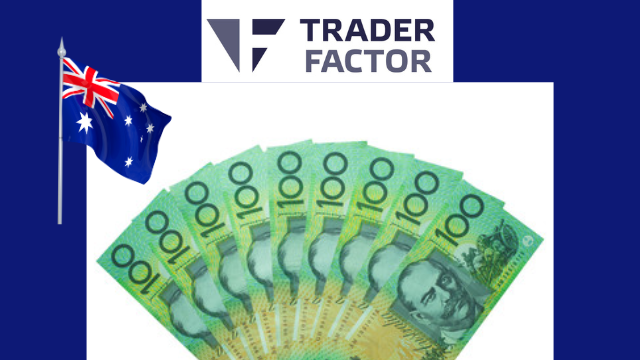
While you’re strategizing your forex trades with the AUD, it’s also crucial to understand the various payment methods and security measures when transacting in Australia. Credit and debit cards are widely accepted nationwide, with Visa and MasterCard being the most popular. Many businesses also accept American Express and Diners Club cards.
ATMs are available in both urban and rural areas for cash transactions. If your bank has an international ATM alliance in Australia, you can withdraw AUD directly. However, it’s important to check any fees that may apply beforehand.
Traveller’s checks are less common, but you can exchange them in banks or Bureau de Change offices. Contactless payments are also gaining popularity, with tap-and-go facilities available in many places.
In terms of security, Australia has a stringent regulatory environment. The Australian Securities and Investments Commission (ASIC) oversees the financial sector, ensuring transactions are secure and transparent. Moreover, the country’s strong data protection laws protect your personal and financial information during transactions.
However, it’s always a good idea to safeguard your cards and personal data. Notify your bank about your travel plans to avoid potential card blocking, and monitor your accounts regularly for any suspicious activity.
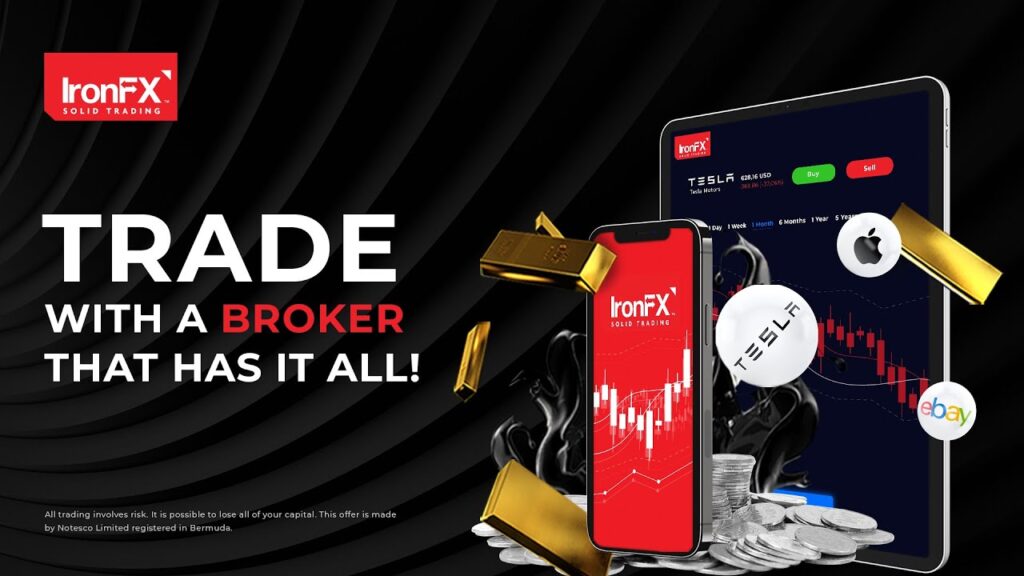
Conclusion
So, there you have it! The Australian currency, affectionately dubbed the ‘Aussie’, is your key to unlocking Australia’s treasures. It’s more than just cash – a testament to the country’s robust economy and trading prowess. Understanding the AUD is essential whether you’re a tourist or a trader. So, pack your bags, secure your dollars, and get set for a memorable adventure Down Under. Remember, Australia’s vibrant economy and culture are just a few Aussie dollars away!
Disclaimer:
All information has been prepared by TraderFactor or partners. The information does not contain a record of TraderFactor or partner’s prices or an offer of or solicitation for a transaction in any financial instrument. No representation or warranty is given as to the accuracy or completeness of this information. Any material provided does not have regard to the specific investment objective and financial situation of any person who may read it. Past performance is not a reliable indicator of future performance.

